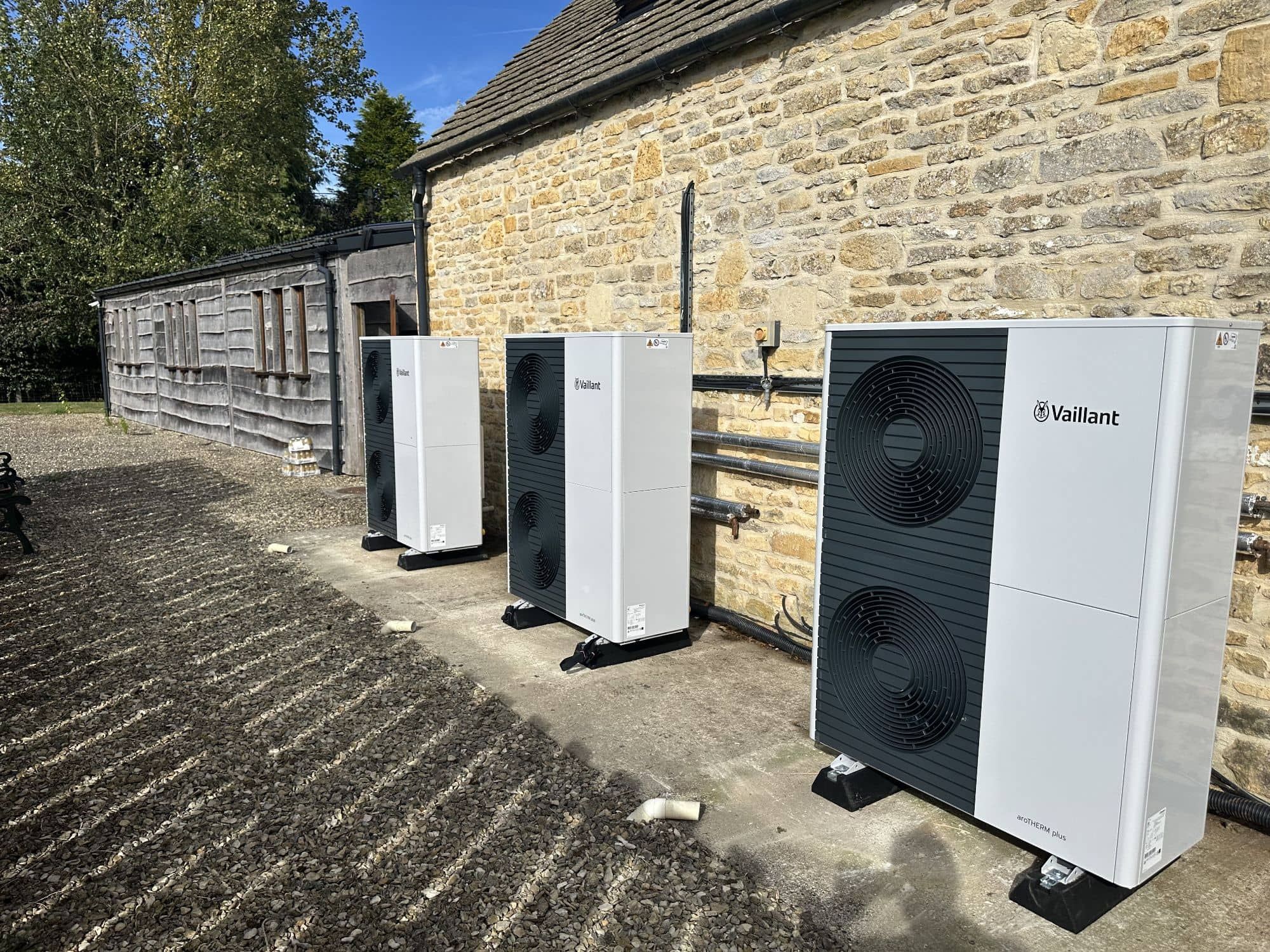Partners

A company that understands heat pumps
WDS Green Energy Ltd is a multi-award winning company that specialises in the design, supply & installation of heat pump systems. From our base in South Wales we have carried out over 1,500 heat pump installations throughout Wales, the Midlands and the South West. We are experts in air and ground source heat pumps and underfloor heating systems.
Have an enquiry?
Call us on 02920 190 290 (option 1 for new enquiries)
Or please complete the form to the right and a member from our team will be in touch shortly.














